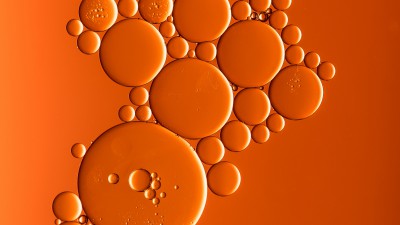Biography
The key interest of Professor Stine Falsig Pedersen’s research group is how acid-base transporters are regulated and how their function and dysfunction impact human health. Their primary focus is the biology of SLC9A family Na+/H+ exchangers and SLC4A family Na+,HCO3- cotransporters. They employ a broad range of approaches from biophysics, genetics and bioinformatics, over cell- and molecular biology to animal studies, to understand the roles of acid/base transporters in health and disease. In the past years, they have provided important insights into how these transporters are regulated in cancer and contribute to its progression and metabolism. Currently, they are expanding this to include, on the one hand, other metabolites than protons in cancer, and on the other hand, the roles of acid-base dysregulation in other diseases than cancer, including metabolic liver diseases and neurodegeneration.
